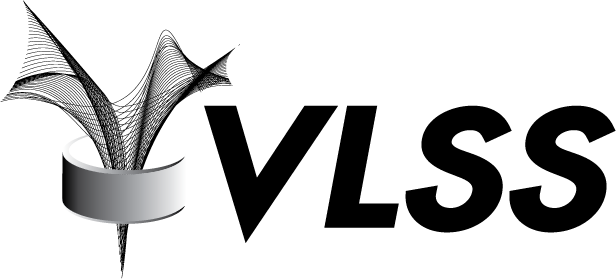This blog post was originally posted by Pure Storage: https://blog.purestorage.com/cat-for-oracle-release-update-rac-vvols-and-more/
CAT for Oracle version 3.0 has been officially released, and it’s delivering a host of features that customers using previous versions have been requesting. The most eye-opening of which is support for Oracle Real Application Cluster (RAC) databases! That’s right, with CAT for Oracle, you can now clone both single-instance and cluster databases in an automated, repeatable manner. Want to do nightly refreshes of your 40 TB production database to test environments? Setup CAT for Oracle and get that refresh done in seconds using the power of Pure Storage snapshots!
This blog is originally posted by PureStorage: https://blog.purestorage.com/rapid-copy-clone-automation-for-oracle/
03.07.2018 by Rob Ludeman @purerludeman
Data drives revenue. Enterprises are keenly aware of the growing need to process massive volumes of data in order to innovate and meet the needs of customers in real-time. For businesses that rely on Oracle, it is imperative to manage that data with high performance and uptime.
VLSS is proud to have been selected as the VMware and Pure Storage partner to implement the joint Database-as-a-Service (DBaaS) reference architecture. Over the past year, we have worked closely with teams at both VMware and Pure Storage to design, implement and publish this reference architecture.
Video demonstration of deploying 50 Oracle 12c databases using vRealize Automation (formerly vCloud Automation Center) on a Pure Storage All-Flash array in 22 minutes. This demo was presented in two sessions during VMworld 2014 US along with being featured in the Pure Storage booth. It was also presented at the VMware booth in the vCloud Automation Center and Virtualizing Business Critical Applications streams.
With every new version, Oracle introduces exciting features like Oracle Multitenant option, Oracle Active Data Guard Far Sync, information lifecycle management enhancements and new data types just to name a few. Customers wishing to take advantage of these and other new features will need to upgrade their existing databases, as well as migrate onto modern infrastructure to ensure high levels of performance.
